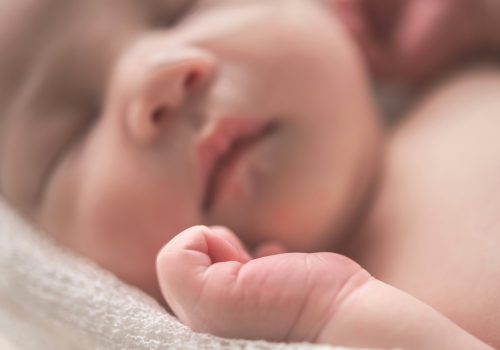Numerous scientists are currently investigating the new coronavirus SARS-CoV-2, which is rapidly spreading around the world. These studies should give us a better understanding of the virus and ultimately lead to a vaccine. However, research into the virus is not without danger. And in a new study published in the journal Cell Host & Microbe, researchers have come up with a clever alternative.
The SARS-CoV-2 virus that causes COVID-19 can only be safely studied under high-quality safety conditions. For example, scientists dealing with the infectious virus should wear protective suits that enclose the entire body and work in laboratories with specialized ventilation systems. While these precautions are needed, they at the same time slow down efforts to find drugs and vaccines for COVID-19. Because many scientists do not have access to these required facilities at all. “One of the problems in the search for a vaccine is that many of the tests have to be done in special facilities,” says researcher Michael Diamond. “However, most clinical laboratories and companies do not have this.”
To remedy to this situation, researchers have now developed a coronavirus look-a-like. This simulated coronavirus is called VSV-SARS-CoV-2. In many ways, the virus resembles the real SARS-CoV-2, with one important difference: it is much safer to work with. “With this surrogate virus, you can perform analyses in any laboratory without the risk of infection,” diamond explains. “At the same time, the data correlate perfectly with the real, infectious SARS-CoV-2.”

To create this doppelganger of the coronavirus, the researchers took the vesicular stomatitis virus (VSV). This is a mild virus that is widely used in virology, because it is not so dangerous and at the same time easy to genetically manipulate. The researchers then replaced one of the genes of the virus with one of SARS-CoV-2. The resulting hybrid virus infects cells and, like SARS-CoV-2, is recognized by antibodies, but does not require the custom devices like the real coronavirus. This means that this simulated coronavirus can be used under normal laboratory conditions.
This smart, hybrid virus is promising. Because it can help scientists evaluate a range of antibody-based preventive drugs and treatments for COVID-19. For example, the simulated virus can be used to assess whether an experimental vaccine generates neutralizing antibodies. But it can also be used to identify antibodies that could potentially lead to antiviral drugs. “Because the hybrid virus looks like SARS-CoV-2 to the immune system but doesn’t cause a serious disease, it’s a potential candidate for a vaccine,” diamond says. At the moment, the researchers are carrying out further studies to map the possibilities.
Meanwhile, applications for VSV-SARS-CoV-2 are pouring in. “I’ve never had so many requests for scientific material in such a short time,” says researcher Sean Whelan. “We have already delivered the virus to researchers in Argentina, Brazil, Mexico, Canada and the United States. In addition, we have requests pending in the UK and Germany. Even before we published the study, the news that we were using a coronavirus look-a-like had spread and the applications were trickling in.”
The hope is that we will soon have a vaccine against the new coronavirus as it continues to spread around the world. In the United States, the number of infections is increasing at an alarming rate. A vaccine seems to be the only way to get this virus under control for good.
Some promising vaccines have already appeared on the scene, such as the AZD12222, the American vaccine mRNA-1273 and a Chinese vaccine. Still, we’re not there yet. It remains to be seen whether these vaccines can actually be used on a large scale.
Shakes Gilles
Shakes covers stories ranging from science to health, to technology, to astronomy, etc... On a typical weekend, you'll find him enjoying a picnic at a local park or playing soccer with friends.








